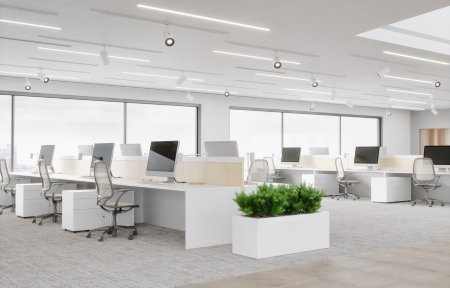24 June 2025
In conversation with Mark Willers
We sat down with Mark Willers, National Director (Commercial Valuations) in New South Wales, to get his take on the current state of the Sydney office market. From shifting tenant expectations to emerging trends in asset reinvention, Mark shares his insights into the key forces shaping the market today — and what the outlook might hold for office assets over the next decade.
How would you describe the current state of the Sydney office market, and what are some of the major forces shaping its evolution right now?
The current state of Sydney’s Office Market is at a low point in the cycle driven by supply lag, weakened demand and elevated interest rates. Office investments have been negatively affected by weakened cashflows as well as yield softening that has significantly cooled the market over the past 2 to 3 years.
Alternate-use values for older office buildings are also challenged by high construction costs and relatively weak on-completion values. ‘Secondary’ buildings and locations have been impacted far more severely than prime buildings and locations, and we have seen a bifurcation in the market between prime and secondary product.
On the plus side the gap between vendors and purchasers has narrowed and they are much more closely aligned which will help deal flow and aid a recovery. There are also pockets of strong tenant and investor demand in some markets characterised by low supply and good quality tenant amenity offerings.
There’s been a lot of talk about ‘reinvention’ in the office sector. What are some of the most promising strategies or trends you’re seeing emerge, particularly in Sydney?
Competition for tenants and the broader battle for talent have prompted landlords and senior managers to re-evaluate the quality of amenities their office spaces provide to staff. There are some very high-quality spec fitouts being offered to tenants of all sizes. Tenants have been the beneficiary of weakened market conditions and have been able to trade up in terms of office quality and grade.
We have worked with a number of landlords seeking to integrate flexible, serviced office space into their building to retain tenants trading up or down in their space requirements until longer term space is available.
The quality of base building amenities and meeting spaces has significantly improved, allowing tenants to lease more efficient office space by relying on shared facilities provided within the base building. The best buildings in my opinion are those that are vibrant and well occupied
From a valuation perspective, how have expectations shifted between landlords and tenants over the past few years, and what does that mean for the future of office asset performance?
The provision of elevated incentives by landlords to incoming and renewing tenants has been well publicised. Although incentives have stabilised they remain elevated, particularly for secondary product.
The provision of spec fitouts by landlords has also become embedded in the market. As vacancy rates reduce, it is likely that we will see incentives decline starting with prime offerings before filtering through to secondary space. As a result we could see spec fitouts charged at an economic rent to incoming tenants rather than being provided as a ‘top up’ incentive.
Given the narrowed gap between vendors and purchasers as well as the more positive outlook regarding interest rates we also expect to see opportunistic purchasers entering the office market. An opportunity to take advantage of improving market conditions and possibly undertake refurbishment to upgrade base building amenities.
How are businesses thinking differently about their office space needs today compared to pre-2020, and what impact is that having on broader business decisions, from workplace strategy to talent retention and operations?
There is a much greater focus on providing a positive experience to staff and less focus on increasing occupancy density when compared to pre-2020. There is renewed enthusiasm from staff to work from a good quality office environment that offers collaborative space and good quality nearby amenity, at least for part of the week.
The provision of flexible base building amenity by landlords has also allowed some tenants to utilise their office space more efficiently. There is a general trend in the market toward consolidating office space rather than expanding. As a result, direct and sub-lease backfill space will continue to return to the market gradually, until business confidence and economic growth are strong enough to absorb it.
Looking ahead, what do you think will define a “successful” office asset in Sydney over the next 5 to 10 years?
A successful office asset will be a vibrant, well occupied asset that has been managed by a proactive landlord.
Unless building owners have been proactive with base building capital expenditure, tenant amenities and spec fitouts, their assets may struggle to attract tenants. In these cases, significant capital investment will likely be required, which can present challenges from a valuation perspective.
Assets located in areas characterised by low supply, low vacancy and strong tenant amenity will likely continue to benefit from stronger tenant demand - therefore higher occupancy rates and lower incentives. Core CBD locations will also continue to be popular with both tenants and investors.
Get in touch with Mark Willers today!



